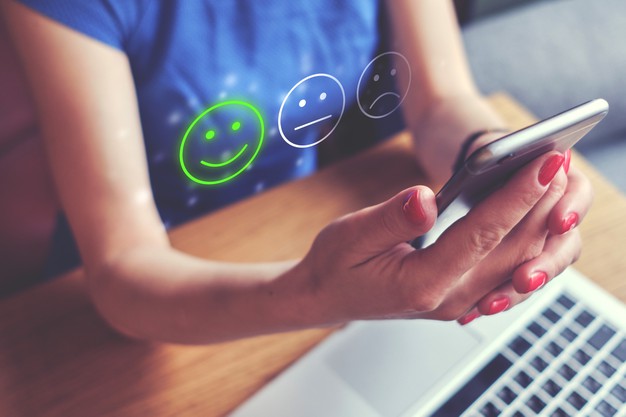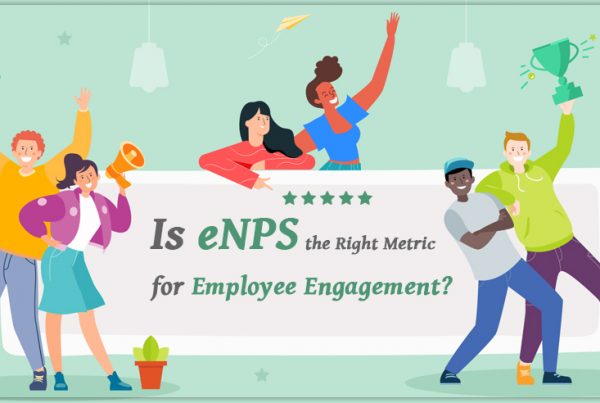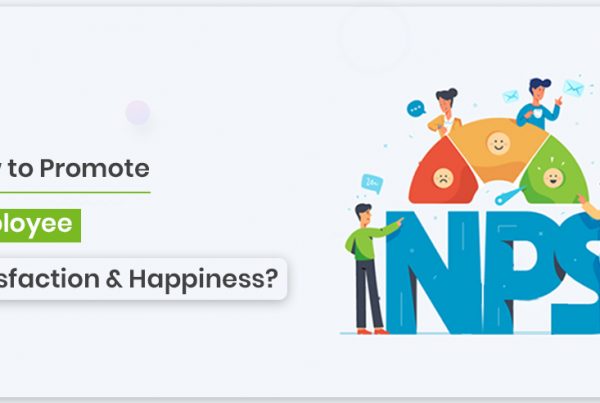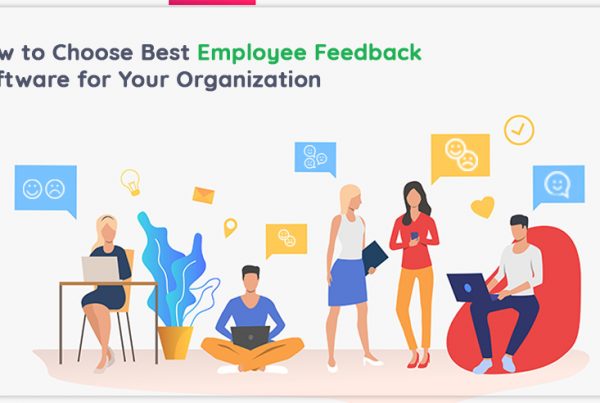Covid 19 was nothing short of a huge blow that stormed the business/corporate world, many of which are still trying to gather themselves up. Workforce scattered, mostly working from remote locations, the clients shutting their business, it is more of a situation of panic and uncertainty right now. No one knows how the business situation would evolve after the pandemic. Whether employees would be able to join the office again or work from home would be the new norm are all questions looming in our minds. Some businesses conducted employee feedback to understand what they feel about the current crises and how they would like to function once things return to normal. Some research and study have tried to predict what the future work trend would be based on the ongoing work pattern since lockdown was implemented worldwide.
Future Work Trends to Expect after Pandemic
Based on the research, some companies have predicted what the future brings in for its store’s employees and employers. Here are some 6 aspects that look to be the trend of future work models.
Hybrid workstations: The new model of work infrastructure
Several questions are looming on the minds of the employees and the management. Would the in-office work condition resume, would we adopt the remote functioning? This pandemic has forced almost all companies to allow their employees to work from home. Only the hard-core sales and small shops have not functioned remotely. However, even in these sectors, online shopping has gained maximum predominance, where the staff counts in the stores have been minimized according to need.
🌍 Discover post-pandemic work trends
& elevate your team’s happiness with piHappiness! 🚀In the IT sector too, other than those needed to work with the server and other necessary domains, which calls in for visiting the workplace, the rest of the workers have been provided systems and other necessities at home. Many companies already find it more suitable to keep remote functioning as one major option owing to the immense cost-effectiveness it brings.
Going by the current trend, there seems more probability of a hybrid work function than either of the extreme models. Whereas earlier work from home was considered a luxury of only the employees at high echelons and the high-end consultants, today it has taken a forerun. However, work culture, peer correspondence have also been found to be important elements in the development of employee potential.
Looking at both the models and the pros and cons, a mixed bag infrastructure, where a hybrid model looks to be a popular choice for the employers to dig into the potential of the workforce maximum.
Workspaces that are laced with technology: Assembling a wide array of data
Before the lockdown, when people worked from their offices, the human resources and managers would designate work efficiency and yearly increments based on live monitoring of employee performance. However, the current scenario gives the employers and their management no opportunity to work as before. Hence, employers are seeking refuge to various technological functions to identify their staff potential. Systems like virtual attendance and employee engagement software are being installed to understand the workability and efficiency metrics of the employees. Also to gather understanding about the organizational performance, employee feedback software too is getting installed.
Technology has become the most adopted means to gauge the performance of both the employees and the organization. This trend is going to continue for a long time now. Big corporate have already adopted to technology monitor system in order to understand their staff workability and progress.
Remote working: A new policy that is here to stay and make working better
While remote working came as a total surprise for the employers, it is something they have adapted to it really well. This mode of work culture is here to stay and in fact, almost 74% of the companies are going to permanently take it as their mode of function. Although remote working policies were implemented with a lot of restrictions due to the fear that performance would deteriorate, it is the crisis that has bought in a new development within the working people. Almost 35-40% of the working staff take remote functioning extremely seriously. In fact, some of the companies are also stating that employee performance has gone up remarkably due to this newly found responsibility employees have taken up in working for the better output. Employees are found taking organizational responsibilities much more seriously than before. Hence, some companies have also given increment in their employee salaries even though the pandemic shows a lot of adversities. Almost all big companies like Titter have revised their policies regarding remote working and are providing a conducive atmosphere for their employees to work. They have also introduced metrics like employee feedback apps that monitor the performance levels of the company and helps management to understand what needs to stay and what should be changed.
No more working hours fixed to 9- to- 5: Flexibility is the call of the hour
Not all bad has happened during Covid 19. There were certain things good as well. Today, employees, as well as employers, are on mutual trust. Even though there are no physical boundaries where both parties met and communicated to collaborate better, there is an understanding of how to perform better even without set norms and conditions like before. Employees are no longer bound to a strict timing of 9 AM to 5 PM work schedules. However, this has not brought down the potential of the employees, rather increased it. The best pat it, employees are found taking more responsibility of their works now.
Virtual Meetings: A new replacements to live meetings
There are several virtual platforms like Zoom, Microsoft Teams, etc. that are being used in conducting meetings online. However, the working conditions of these platforms are so good that almost all businesses have adopted them. Whatever work was discussed in live board-room meetings now getting done virtually and almost as seamlessly as done live. With the Covid-19 waves continuing to come over, working from home or other remote functioning areas are looking to become the norm. Hence, virtual work platforms like Slack, Zoom, Microsoft Excel, etc. are here to make a big impact in the lives of all businesses.
Transition from employee centric to employer centric monitoring
Earlier, the performance of an employee was the deciding factor about the company giving bonuses and increments to the individual as well as the group. Now, the tables have turned. It is now the employers and the company that is under scrutiny. Most of the big corporate are employing employee feedback applications to understand what parameters need to be resurfaced or revised to give better work condition to their employees. Businesses are looking to enhance their potential by better understanding how best they can help their staff to perform better. Hence, the outlook now is not on employee performance, but rather on company’s mode of functioning to create a highly suitable work condition for their staff.
Conclusion
Adversities and natural calamities are all a part of our lives. For all of us who had not experienced the traumas of the IInd world war and the other wars in the beginning 20th century, Covid 19 brought in a new challenge. However, the human race has shown that not every dire situation can fail people and stop them from functioning.
Employees today are looking at the working world in a new perspective and challenges, all the set norms to create a new working condition for their employees. Thanks to the modern technologies and employee feedback software, which has helped in bring a new set of working professionals who are creating a new dimension of work altogether.








